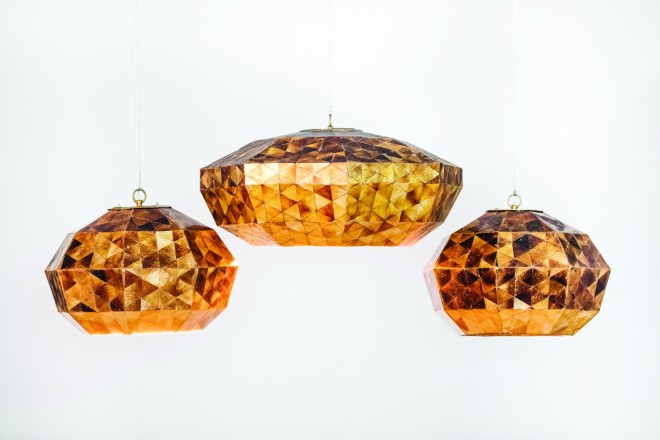
Singled out for his experimentation and innovation with indigenous materials and for his craftsmanship, industrial designer Gabby Lichauco will represent the Philippines in the Triennale International Exhibition in Milan.
With the theme “21st Century: Design After Design,” this event, which runs April 2-Sept. 12, brings together design, film, communications, fashion and society.
Lichauco will be featured in “Alamak,” a special exhibit showcasing 12 top designers from Asia. “Alamak” is a Southeast Asian and Japanese expression for “OMG” or “What a surprise!”
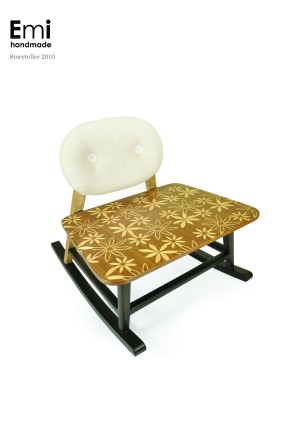
Lichauco will present two suspended lamps and a suspended speaker, done in capiz, derived from the windowpane oyster.
His designs are titled Pescador which, he explains, is a reference to the marine environment and floating quality of the objects. He notes how the shell of the windowpane oyster has been used as glass substitute because of its translucence and durability.
The capiz is native to Southeast Asia.
The Pescador objects aim to show that when a traditional element such as capiz is fashioned in contemporary forms and made with mechanical devices, it gives value to everyday consumer products.
“The Philippines is one of the countries in Asia where multinational brands go to for manufacturing. The goal is not only to produce, but also [make] locally-designed objects utilizing indigenous materials,” says Lichauco.
The road to being a product designer in the Philippines was not easy. After graduating with a degree in industrial design at De La Salle-College of Saint Benilde in the late 1990s, Lichauco faced limited opportunities. He found work producing computer-generated imagery for a Singaporean animation firm and doing finance for the family business.
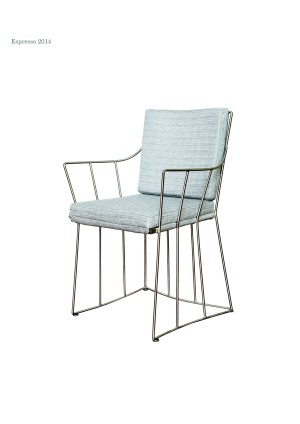
He learned interior design and architecture while working for his uncle, leading architect Dan Lichauco.
He acquired a master’s degree in industrial design at Scuola Politecnica di Design in Milan, Italy, in 2004.
Breakthrough design
On his return, Lichauco established Open Studio, a multidisciplinary design practice. Working with architects and designers, the company does consultation and interior work for restaurants, retail stores and offices.
“You won’t survive just doing product design,” says Lichauco.
Helping develop products for foreign designers, he looks for suppliers and manufacturers to execute them. Although he enjoys the creative process, he finds it challenging to get craftsmen to execute contemporary designs. They have grown accustomed to traditional styles so that doing something new is daunting, he explains.
“I push them. Once they see the product, they are amazed that they did it,” says Lichauco.
His breakthrough design is the Spring Stool, a hand-carved chair with one leg intricately carved with a crawling vine while the other three legs are machine-made. “It’s artsy but functional,” he notes.
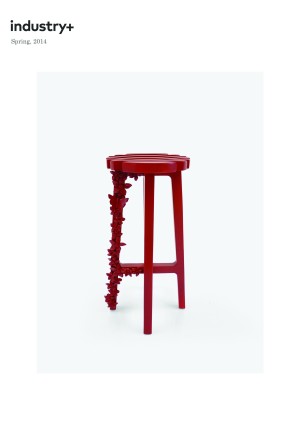
When Lichauco represented the Philippines in Singapore’s Asian Star Showcase 2014, Spring Stool caught the eye of Japanese curator Yoichi Nakamura who bought it, then tapped Lichauco for product development projects.
Lichauco will also present the Spring Stool in brass at the Salon di Mobile design exhibition in Milan, April 12-17.
In his other works, Lichauco shows a playful style with indigenous materials. He collaborated with Rita Nazareno, creative director of Zacarias 1925, the handwoven bags produced by exporter S.C. Vizcarra. They produced functional items in woven wicker. Blow is an electric fan that uses a wicker frame instead of plastic.
They also created a bag collection fashioned from dyed wicker and shaped like candies.
Then there are the lamps inspired by Nazareno’s crumpled wicker bags that are shaped like mountains, done in metal finish.
Lichauco created the Espresso chair as homage to the Moka Pot, the 83-year-old stovetop coffeemaker designed by the Italian company Bialetti. This chair was knocked off but done in a different finish and is used in a popular bar.
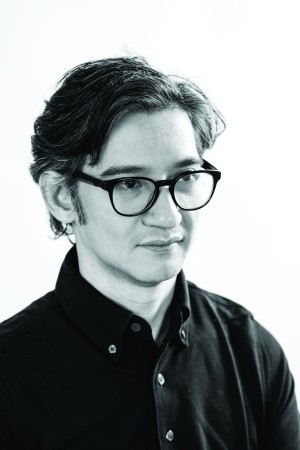
The direction is specialization.”
Lichauco is not afraid to explore possibilities. Emi, a furniture collection for children, showcases experimentation with artisanal crafts.
“I wanted to see if the local market was ready for conceptual designs,” he says.
The Storyteller Rocking Chair was his take on the swing, but with a wide platform to give the child greater security. The seat had a playful design in hand-cut marquetry instead of a plain wood platform.














































